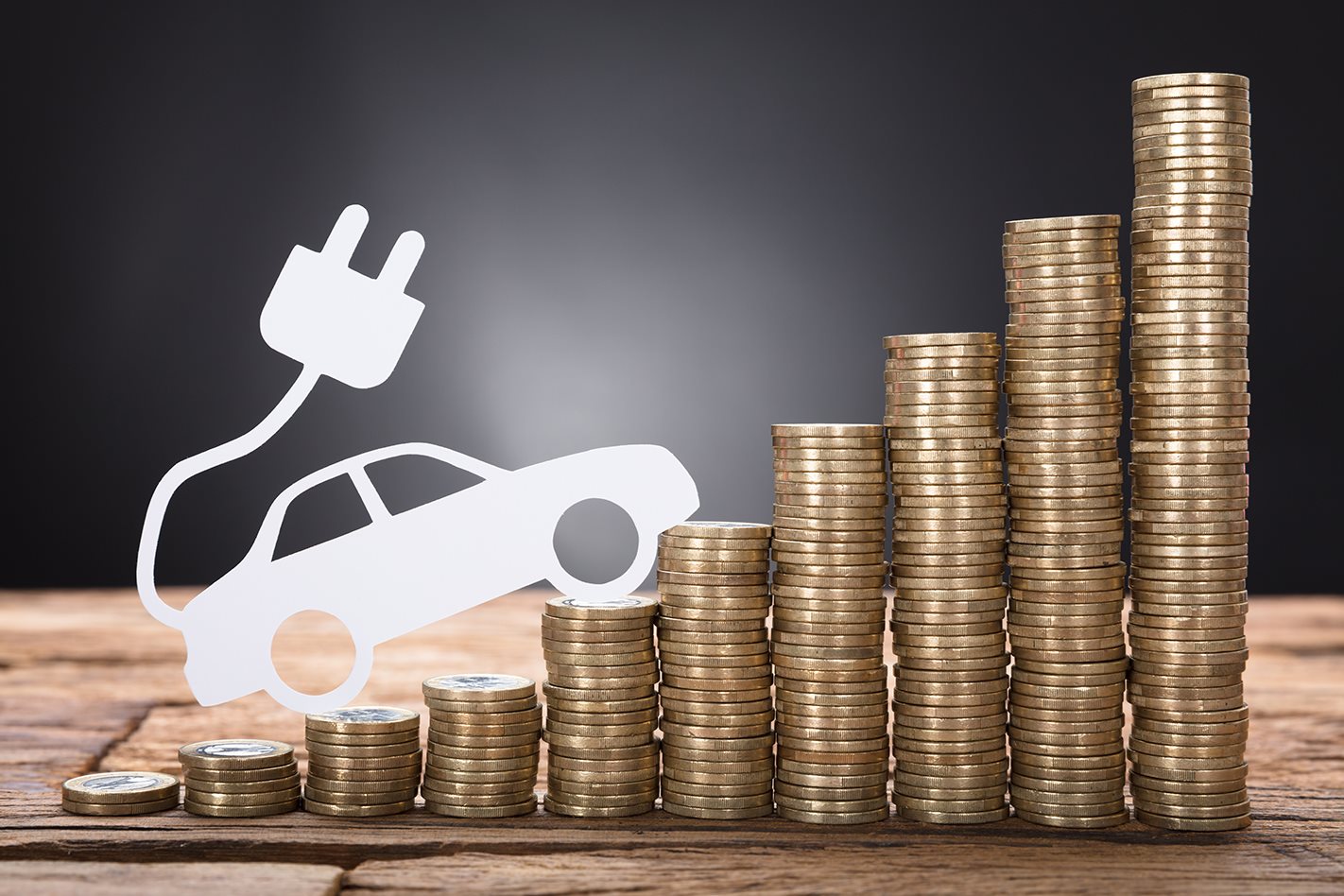
Snapshot
- Some dealers discounting EVs at point of sale while others aren’t
- Solar Victoria scrambling to pay back buyers who’ve missed out
- No date confirmed for when dealers who have given money off may will see cash back
The Victorian Government is having to directly pay back new electric vehicle buyers $3000 each after its new subsidy scheme caused such confusion among car dealers that some have offered the discount and others haven’t.
The initiative has been accused of being “done on the run” with many unsure about how the process works in practice.
WhichCar can exclusively reveal not all new car dealerships across the state selling EVs under the Government-set cap of $68,740 have been knocking the $3000 subsidy off the sticker price at the time of purchase – as was outlined to be the correct process to follow when the scheme was first announced at the beginning of May.
Sources say it is a “confusing time for dealers” with some offering the money off at the point of sale while others aren’t – leaving Solar Victoria to refund new car owners itself.

“When it [the scheme] was announced we heard it through the press – there was no communication from Government. Then there was a rushed meeting to get the details together. The notion was that a person would walk into a dealership and get the $3000 off, then get their new car, no application necessary,” a dealer representative told WhichCar.
“The truth is, dealers have really struggled with it, as the Government hasn’t figured it all out yet and people are doing things differently. Ok we’re not talking huge numbers [of EV sales] but it is a confusing time for dealers with some taking money off and some not. We’re keen to see some clarity around it.”
On May 1 this year, the Victorian Government announced 20,000 subsidies worth $3000 each to punters over the next three years to try and dramatically increase the state’s uptake of electric vehicles.
As of the following day, May 2, the first 4000 subsidies became available on electric (not including hybrids) and hydrogen cars – up to the value of $68,740 before on-road costs.
At the time it was said the discount would be given to purchasers at the point of sale or when the car was registered to a Victorian address. All a prospective buyer needed to do was bring payment, plus proof of identity and Victorian residence. The dealer would handle everything else and claim the subsidy from the Victorian Government.
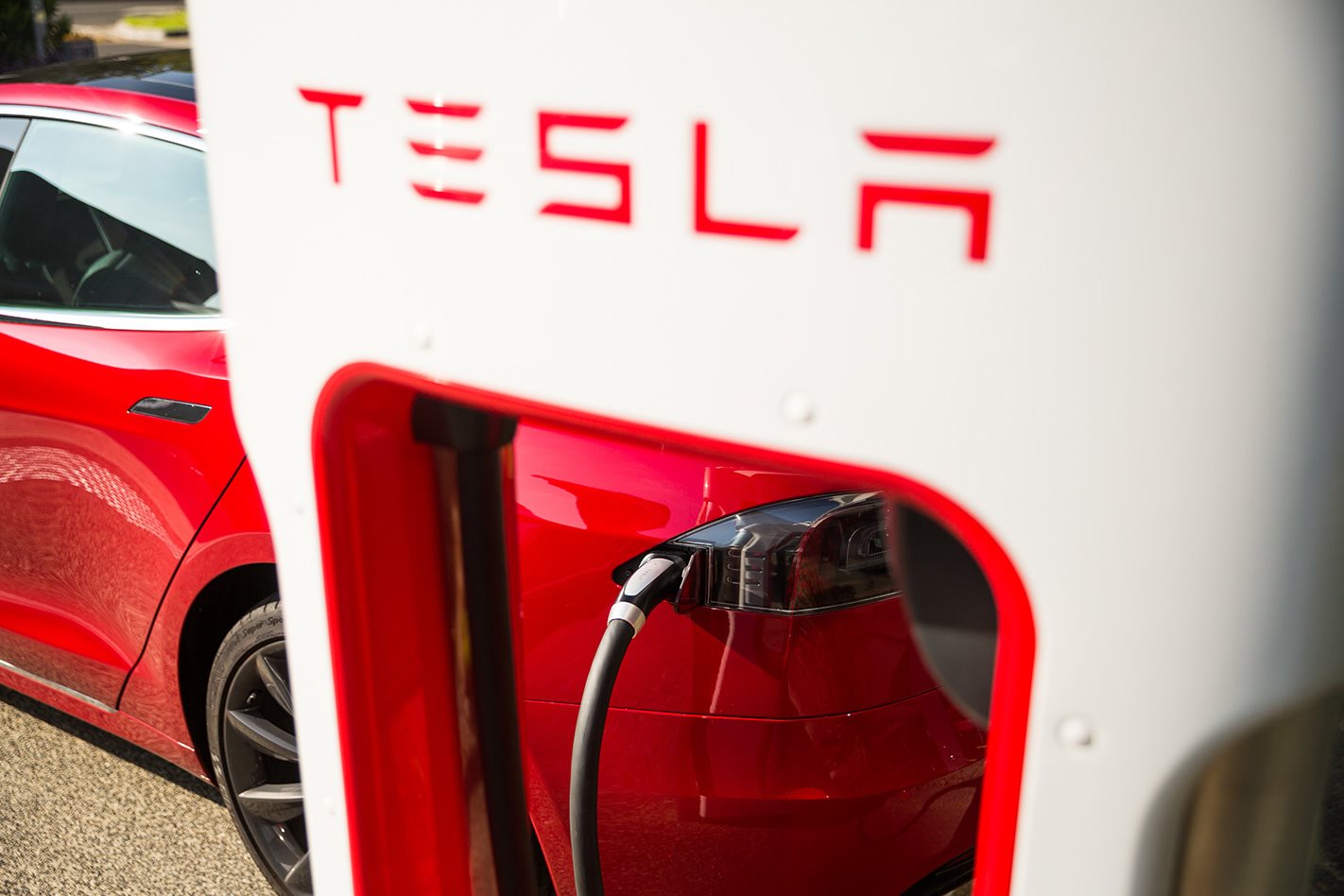
However not everyone has been singing from the same hymn sheet, with a number of new EV owners missing out on the $3000 in the showroom and instead having to apply to Solar Victoria after all. Meanwhile those dealers which have given the discount are copping the cost of the confusion with no certainty on exactly when they’ll get it back.
“Dealers want to know when they’re going to get that money. The scheme has been running since the start of May and as we understand it, dealers aren’t in line to get the money until July. There’s often not a lot of margin on these cars and they’re worried about being left out of pocket,” the source added.
Just a handful of electric cars are currently available in Australia under the price cap: Hyundai’s Kona EV and Ioniq, MG’s ZS EV, the Mini Cooper Hatch SE, Nissan’s Leaf/Leaf e+, Renault’s Kangoo Maxi Z.E LWB and Tesla’s Model 3. Different brands are reporting varying experiences.
A Nissan spokeswoman told WhichCar the Japanese marque has been selling its pioneering EV – the Leaf – for full price since the scheme launched in May.
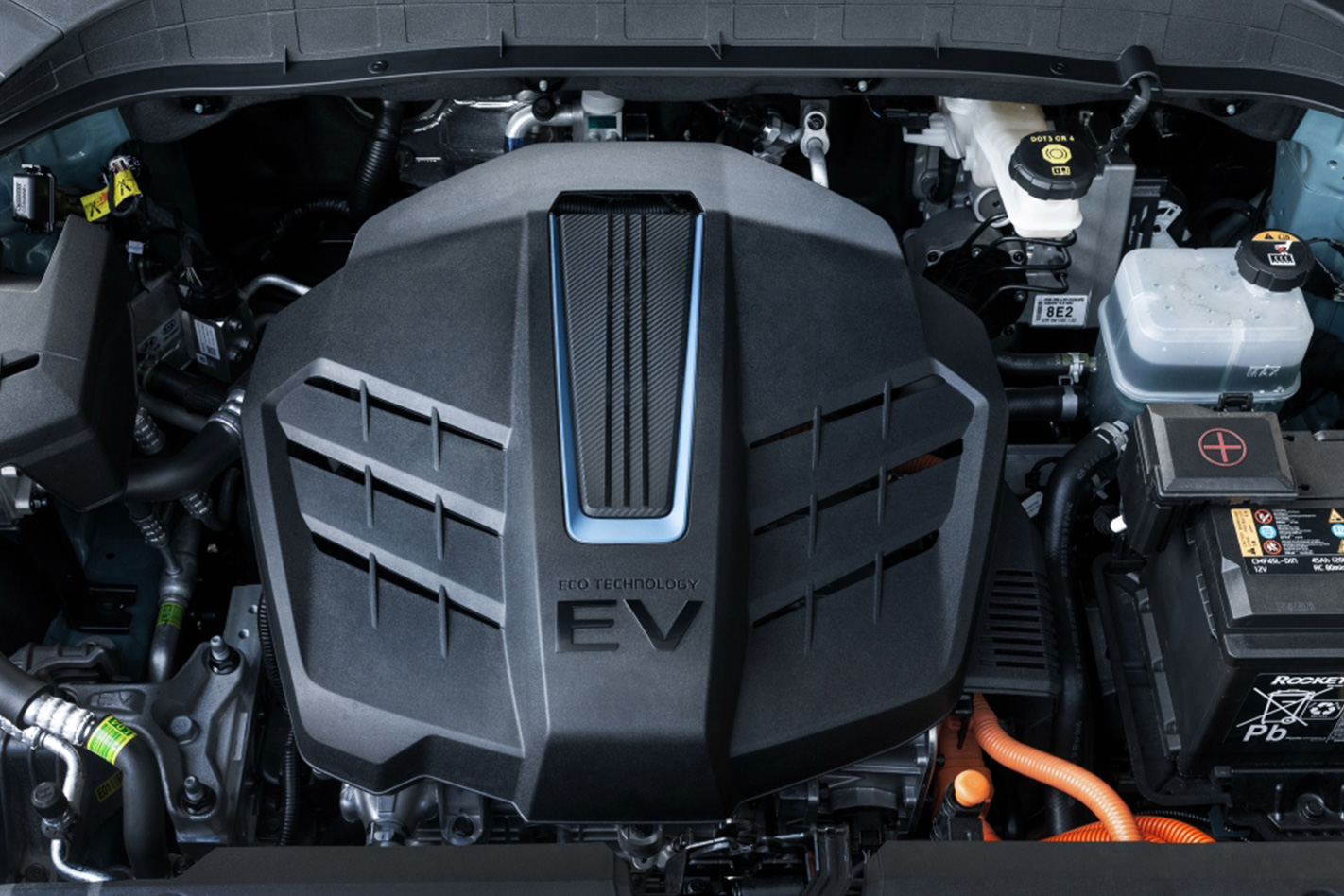
“At this time, the payments for the Victorian subsidy are being made from Solar Victoria direct to consumers for any purchases since the scheme launched,” they said.
“In the background Solar Victoria is working with OEMs [car manufacturers] to finalise the process design and required agreements to process the subsidies for customers at point of sale – this is still ongoing, but the target is to have this in place by July.
“Our objective is to make the process as easy as possible for both customers and dealers, so it is our intention to administer the subsidies up front at the point of sale and have a process in place to claim back the funds from the Solar Victoria.
“There has been good customer interest off the back of the program launch, as well as plenty of questions from the dealer network on some of the ongoing operational and process elements.”
They added the automaker was hoping there will be a “clearer position…in the coming weeks”.
Meanwhile one Hyundai dealership told us it had been discounting its sales, but at $3000 a pop “it soon adds up” with little clarity from the Government on exactly when it can expect the cash back.
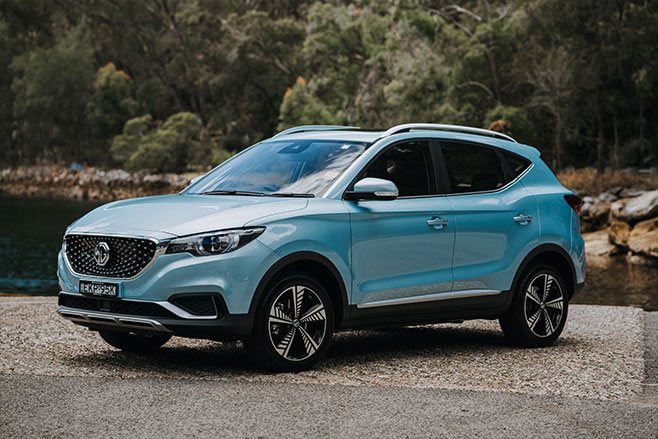
One Tesla customer said they were very impressed by how well the American carmaker had handled everything so smoothly in the purchase of their Model 3 last month, but wasn’t sure when the company was expecting the subsidy back from the Government.
An email sent out to registered parties by Solar Victoria in the last few days stated: “If you purchased an eligible new ZEV on or after May 2 and the subsidy was not applied to the contract of sale by the dealership, Solar Victoria will pay the $3,000 subsidy directly to you after the vehicle has been registered with VicRoads.”
The email added Solar Victoria will be contacting people who had registered through its website to organise the payments. In order for those affected to claim, they’d need to present a valid Victorian licence which matched the contract of sale, the contract itself, the tax invoice, and the certificate of registration from VicRoads.
If the purchaser was a business rather than an individual, it would also need to supply either the Australian Corporation Number or Australian Registered Business Number (ABN) the ZEV was registered under.
The end goal however, it said, is to work “with industry to develop the subsidy payment process so [it] can be applied at point of sale through [the] dealership.
“Once all necessary systems and industry agreements are in place, we will then transition to a simpler payment process.”
A statement from Solar Victoria simply said: “Subsidy payments will begin rolling out to customers from July 1, 2021. Consultation is ongoing about the process for payments to industry.”
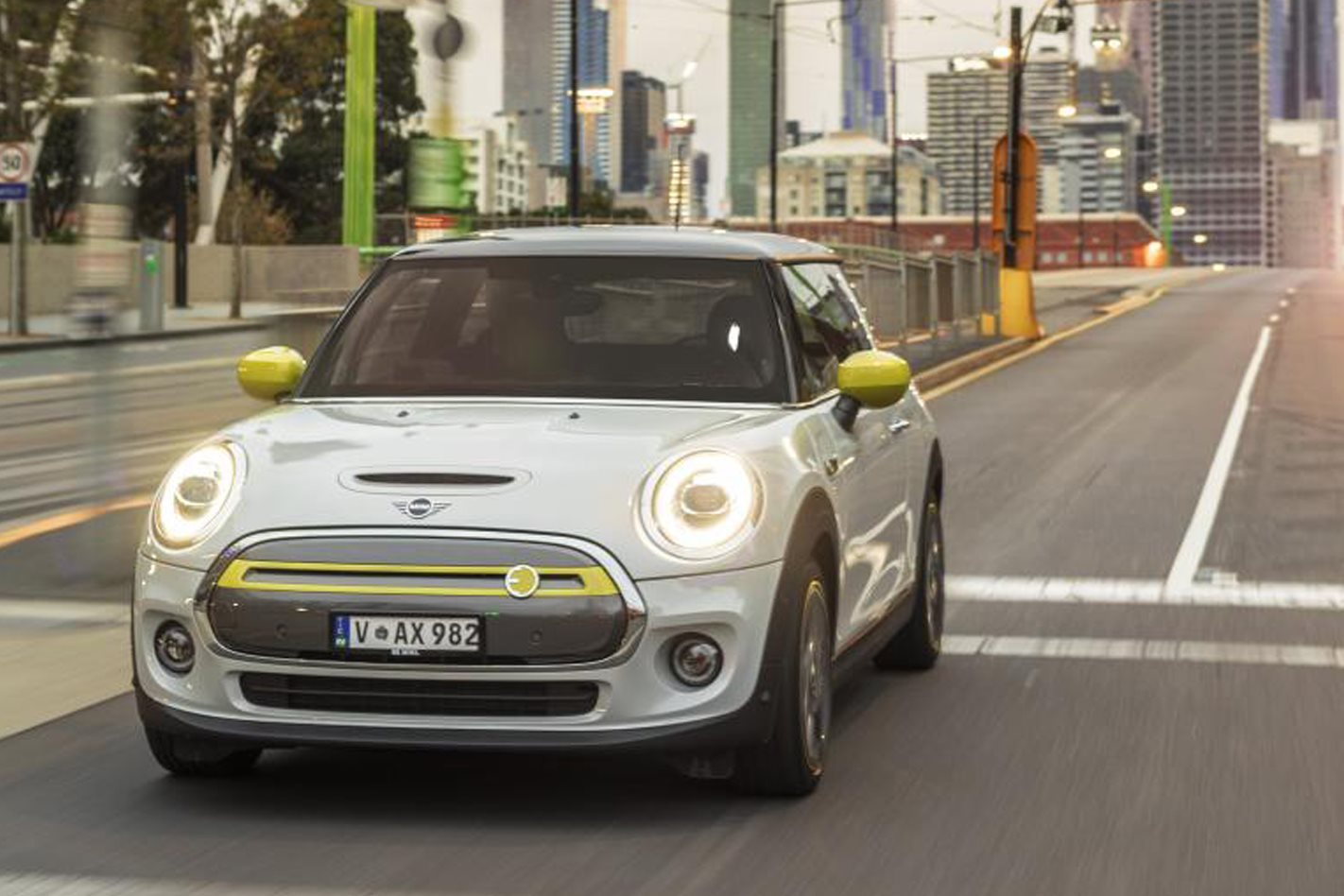
It was also unable to say how many EVs have been bought using the subsidy scheme statewide so far, but said there has been “strong demand” with more than 600 registrations of interest on its website.
Nationally 436 electric vehicles were sold in May, alongside one hydrogen car – up from 103 electric and 0 hydrogen in May 2020.
“We’ve had a lot of people asking about it but that hasn’t turned into sales because people seem to be nervous about electric cars,” the Hyundai dealer told us.
Some industry figures however have said it is too soon to judge the success of the scheme, as it is “still being rolled out”.
We recommend
-
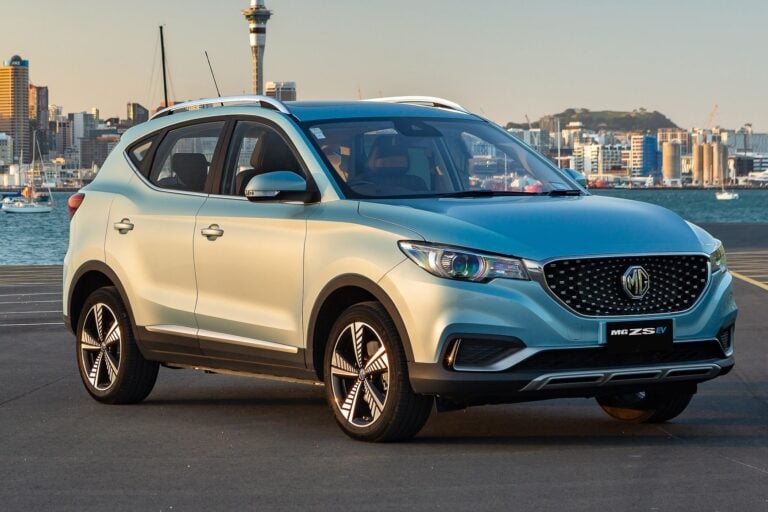 News
NewsNew Zealand announces rebate for EV buyers
Light vehicles costing up to NZ$80k will be eligible from July 1 to December 31 this year
-
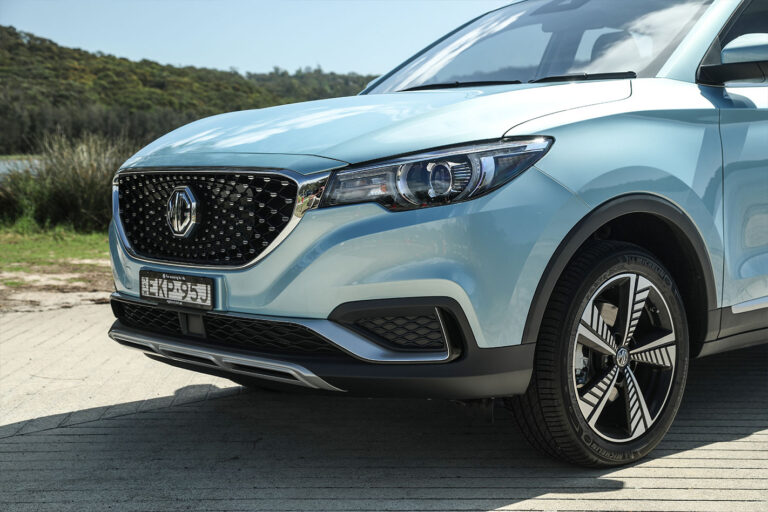 News
NewsThese are the electric vehicles you can buy with the Victorian Govt EV subsidy
What the electric market currently has to offer under $69,000
-
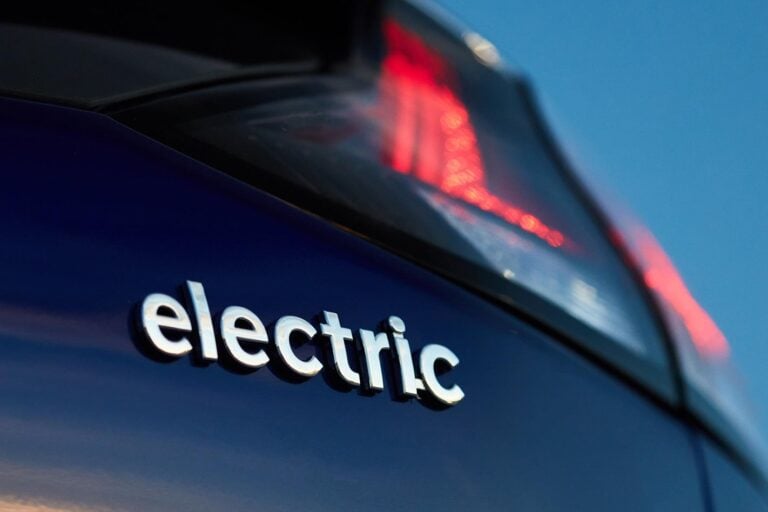 News
NewsHow do I get the Victorian Government's electric vehicle subsidy?
All the rules and regs on how the incentive scheme actually works in practice




